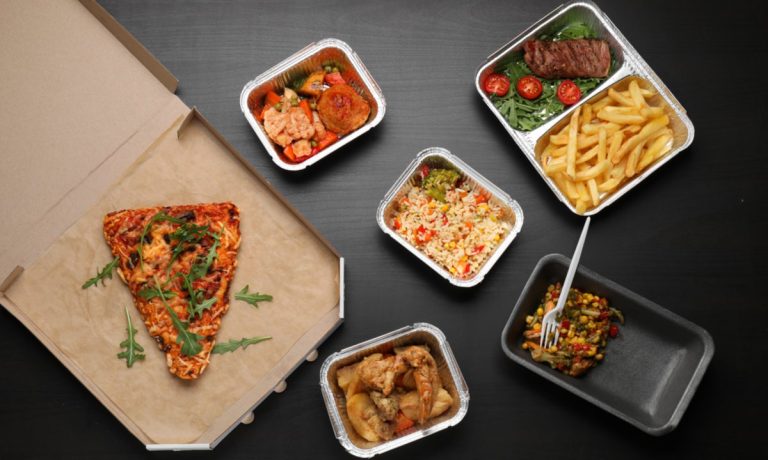Half of All Restaurant Customers Opt for More Carryout Than Dining In

As consumers rethink restaurant spending amid inflation, diners across income brackets are shifting to pickup.
For the latest edition of PYMNTS’ Connected Dining study, “Connected Dining: Rising Costs Push Consumers Toward Pickup,” we surveyed a census-balanced panel of more than 2,100 U.S. consumers in January about their restaurant dining habits and how these have been affected by the high inflation rate of the past two years.

The study revealed that nearly half of all consumers (48%) have been more likely to pick their restaurant orders up themselves rather than have them delivered due to inflation. This is true, no matter what their annual income may be, suggesting that few consumers are financially secure enough to not take economic pressures into account when placing their restaurant orders.
“High inflation spurs consumers to cut costs, particularly delivery fees and tips,” the study notes. “The cost of everything is rising, and it stands to reason that consumers would look to adapt wherever they can. PYMNTS’ data shows consumers intend to steer clear on costs they can avoid.”
In fact, high-income consumers — those who make more than $100,000 per year — and low-income consumers — those who make less than $50,000 — are just about equally likely to be switching to pickup, with 47% of consumers in each group reporting making the shift. Somewhat counterintuitively, middle-income consumers are even more likely to do so, with 49% shifting to pickup.
Indeed, consumers are about four times as likely to be ordering more restaurant meals for pickup in the face of inflation as they are to be ordering more meals for delivery. Only 11% of low-income consumers, 13% of middle-income and 15% of high-income reported that they have been shifting from ordering pickup to ordering more delivery because of inflation.
As such, it seems that, no matter what consumers’ paychecks may look like, restaurant customers are feeling the impacts of inflation and adjusting accordingly.